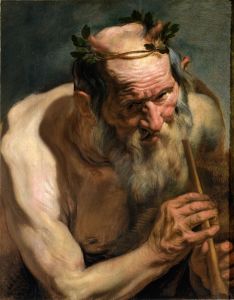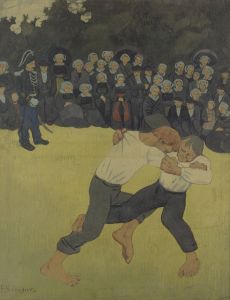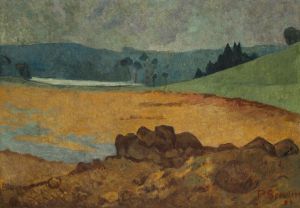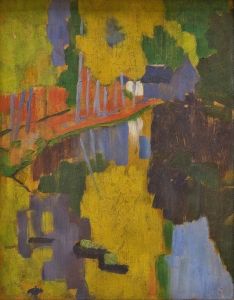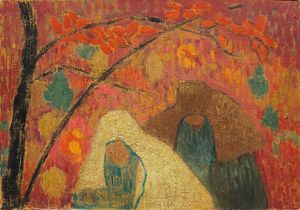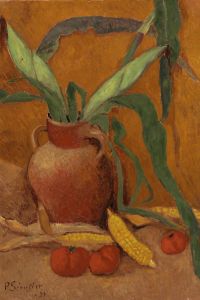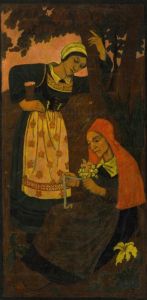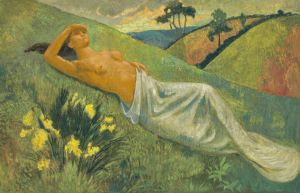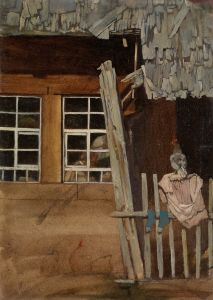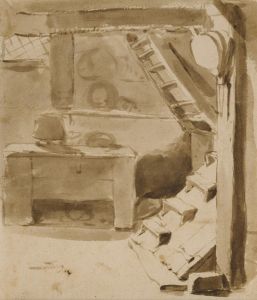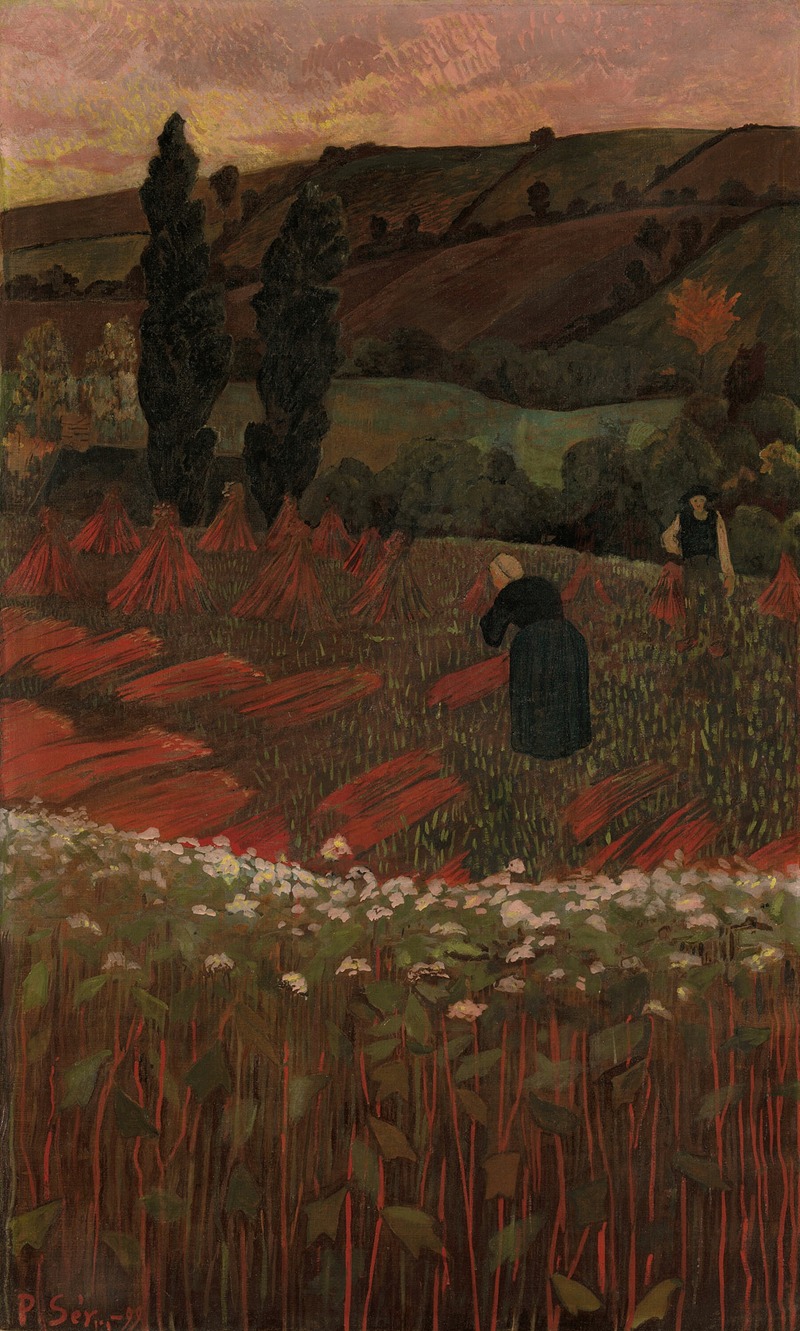
The Harvest of Buckwheat
A hand-painted replica of Paul Sérusier’s masterpiece The Harvest of Buckwheat, meticulously crafted by professional artists to capture the true essence of the original. Each piece is created with museum-quality canvas and rare mineral pigments, carefully painted by experienced artists with delicate brushstrokes and rich, layered colors to perfectly recreate the texture of the original artwork. Unlike machine-printed reproductions, this hand-painted version brings the painting to life, infused with the artist’s emotions and skill in every stroke. Whether for personal collection or home decoration, it instantly elevates the artistic atmosphere of any space.
Paul Sérusier's "The Harvest of Buckwheat" is a notable work by the French Post-Impressionist painter, who was a pivotal figure in the development of the Nabis movement. Sérusier, born in 1864, was deeply influenced by the Symbolist movement and the works of Paul Gauguin, which is evident in his approach to color and form.
"The Harvest of Buckwheat" exemplifies Sérusier's commitment to the Nabis' ideals, which emphasized the importance of color and symbolism over naturalistic representation. The Nabis, a group of avant-garde artists in the late 19th century, sought to break away from the traditional approaches of Impressionism, focusing instead on the spiritual and emotional aspects of art. Sérusier's work often reflects these principles, using bold colors and simplified forms to convey deeper meanings.
In "The Harvest of Buckwheat," Sérusier employs a vibrant palette, characteristic of his style, to depict a rural scene. The painting captures the essence of the French countryside, a theme that Sérusier frequently explored. The use of color in the painting is not merely representational but serves to evoke a particular mood or atmosphere, aligning with the Symbolist influence that permeated his work.
Sérusier's technique in this painting demonstrates his departure from the detailed realism of earlier art movements. Instead, he opts for a more abstract approach, using broad, flat areas of color to construct the composition. This method reflects the influence of Gauguin, whom Sérusier met in Pont-Aven, Brittany, in 1888. Gauguin's emphasis on the emotional power of color and form had a profound impact on Sérusier, leading him to adopt a more expressive style.
The subject matter of "The Harvest of Buckwheat" is rooted in the everyday life of rural France, a common theme for Sérusier and his contemporaries. The painting portrays the labor-intensive process of harvesting buckwheat, a staple crop in Brittany. This focus on rural life not only highlights the simplicity and beauty of the countryside but also reflects the artist's interest in the spiritual and mystical aspects of nature.
Sérusier's work, including "The Harvest of Buckwheat," played a significant role in the transition from Impressionism to more abstract and symbolic forms of art. His contributions to the Nabis movement helped pave the way for future developments in modern art, influencing artists such as Pierre Bonnard and Édouard Vuillard.
While specific details about the creation and exhibition history of "The Harvest of Buckwheat" are limited, the painting remains an important example of Sérusier's artistic philosophy and his role in the broader context of Post-Impressionism and Symbolism. Through his innovative use of color and form, Sérusier succeeded in capturing the essence of his subjects, leaving a lasting impact on the trajectory of modern art.








